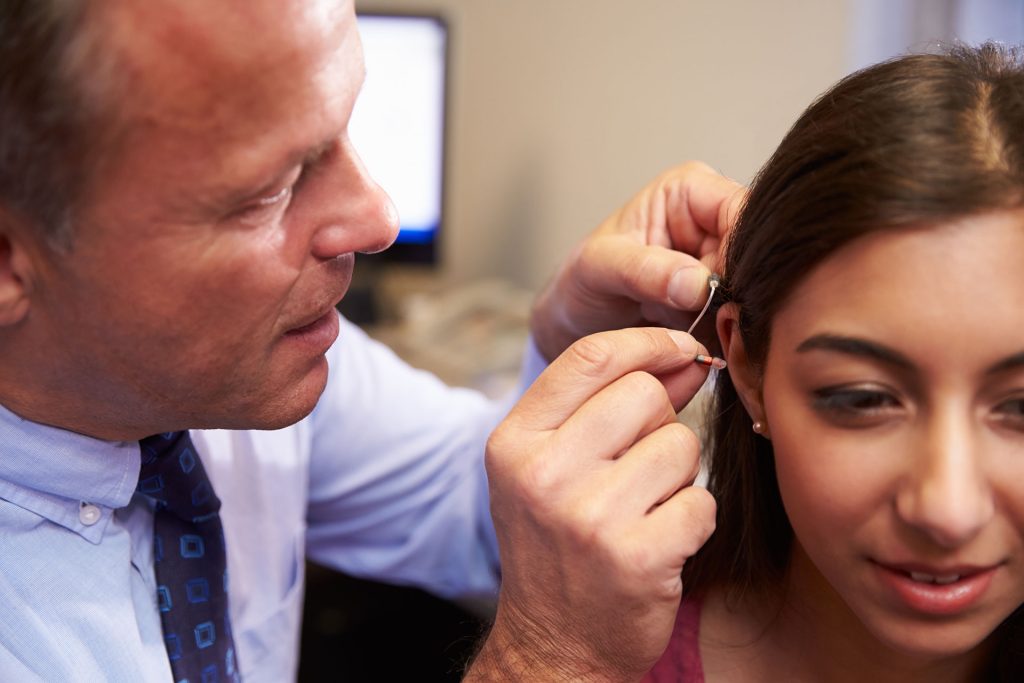Hearing Evaluations

How do you know when it’s time to schedule a hearing test?
Perhaps it’s gotten difficult to pick out conversation in noisy environments, or you can’t hear low tones. Or maybe it’s higher tones that get lost in the background noise. Maybe you’ve noticed it’s easier to watch television with the sound turned up higher than you used to, or you’ve begun to prefer closed captioning.
Loss of normal hearing as you age is a natural transition. You may lose your hearing to trauma, disease, or many other causes. But we can’t begin to work on your hearing loss until we know exactly what is happening—and that means scheduling a hearing test with our hearing care professionals at Hearing Aid Studio.
Your Hearing Test Consultation
We’ll begin with a conversation about your current hearing, including your personal and family medical history with hearing issues and hearing loss. We’ll talk about when and where you experience your hearing trouble and which work or home scenarios you’re most concerned about.
We realize that the test part of your visit might sound stressful, so let’s walk through an average appointment and put any concerns you might have to rest. It consists of a simple exam followed by some noninvasive tests, and we’ll be with you every step of the way.
Your Hearing Evaluation
We’ll use an otoscope to thoroughly examine your inner and outer ear. An otoscope isn’t invasive—it just provides light and magnification. In this step, we’re looking for eardrum problems, inflammation, or any obstruction preventing you from hearing.
Next, you’ll do a series of hearing assessments in a quiet room. You’ll wear headphones, and we’ll take you through a range of common hearing tests you’ll probably recognize:
- Pure tone test: We’ll play a series of frequencies at different decibels and ask you to press a button whenever you hear a tone. This lets us study the softest sounds you can hear at different frequencies.
- Bone conduction test: We place a headset on your that creates gentle vibrations. Then, we measure how well your ears can detect the vibrations.
- Speech comprehension test: You listen to a recorded speech and repeat back what you hear. This measures your ability to hear during conversation and tells us which parts you have trouble hearing.
After your tests, we’ll explain the results of your tests with what’s called an audiogram. That’s a way of visually illustrating the results of your tests, like the pitches you can hear and exactly what sort of hearing loss you’re experiencing.
Your Hearing Aid Fitting
The question we hear most is, “After my hearing test, will I need a hearing aid?”
Hearing aids can help with many hearing problems, from improving severe hearing loss to helping boost high or low frequencies. Some hearing aids are invisible, resting in your ear canal, and some are Bluetooth-enabled and rechargeable. We’ll find the best option and fit you for your new hearing aids as soon as possible.
Request an appointment today for your hearing evaluation at Hearing Aid Studio. Your hearing health is important.

